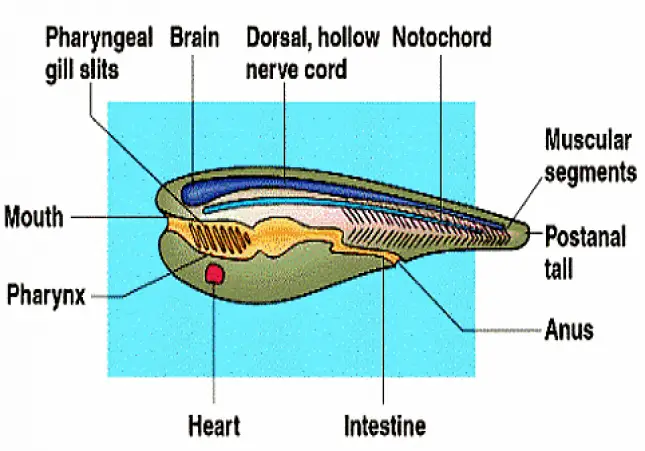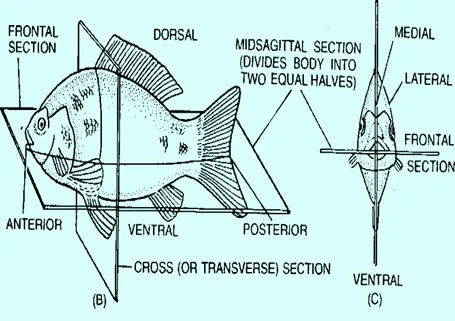Medically reviewed and approved by a board-certified member
Zoology
GENERAL CHARACTERS OF CHORDATES
By BS MediaTwitter Profile | Published: Tuesday, 04 July 2017

The animal kingdom is divided into two sub-kingdoms:
- Chordata
- Non-Chordata
GENERAL CHARACTRS OF CHORDATES
The Chordate characters appear in the developmental stage will persist in the adult or modified in the adult or disappeared in the adult
They are,
1. PRESENCE OF NOTOCHORD: It is an elastic, longitudinal stiff rod present between the nerve cord and alimentary canal. It is covered by an outer chodal sheath and inner elastic sheath or elastic-internal. Below it vacuolated, non-nucleated cells are present.
Notochord is present in the embryos of the vertebrates, but is replaced by vertebral column. In less-developed vertebrates the notochord is present throughout the life.
2. PRESENCE OF PHARYNGEAL GILL SLITS: Gill slits are present on either side of the pharynx. Each gill slit develops in the embryonic stage by evaginations of endoderm in pharynx with a corresponding invagination of ectoderm on the outside of the body. They are useful for respiration. In reptiles, birds and mammals, there are several pairs of gil slits in embryonic life, but they are not functional hence they are closed.
3. PRESENCE OF DORSAL TUBULAR NERVE CORD: The nerve cord in chordates is a hollow tube, situated dorsal to the alimentary canal and the notochord. It develops from the ectoderm. The cavity of nerve cord is called neurocoel.
These chordate characters appear in the developmental stages and they may remain or change or disappear in the adult.
The following characters are seen in all most all chordates.
4. TRLPLOBLASTIC NATURE: They possess three germ layers, 1. Ectoderm, 2. Mesoderm, 3. Endoderm.
5. DEVELOPMENT OF TRUE COELOME: In all the chordates a true coelome is present. It develops from mesoderm. The coelome is developed by enterocoelic method.
6. PRESENCE OF BILATERAL SYMMETRY: The body of the chordates show bilateral symmetry. Their body can be divided into two equal halves, through a sagittal plane which passé longitudinally.

No chordate animal possesses ideal bilateral symmetry, but they are near to such condition.
7. REDUCTION OF METAMERIC SEGMENTATION: Among the chordates, metamerism is seen in the internal structures. The myomeres are seen in lower chordates and segmentation is seen in the embryonic condition of higher vertebrates.
Tags:
End of the article